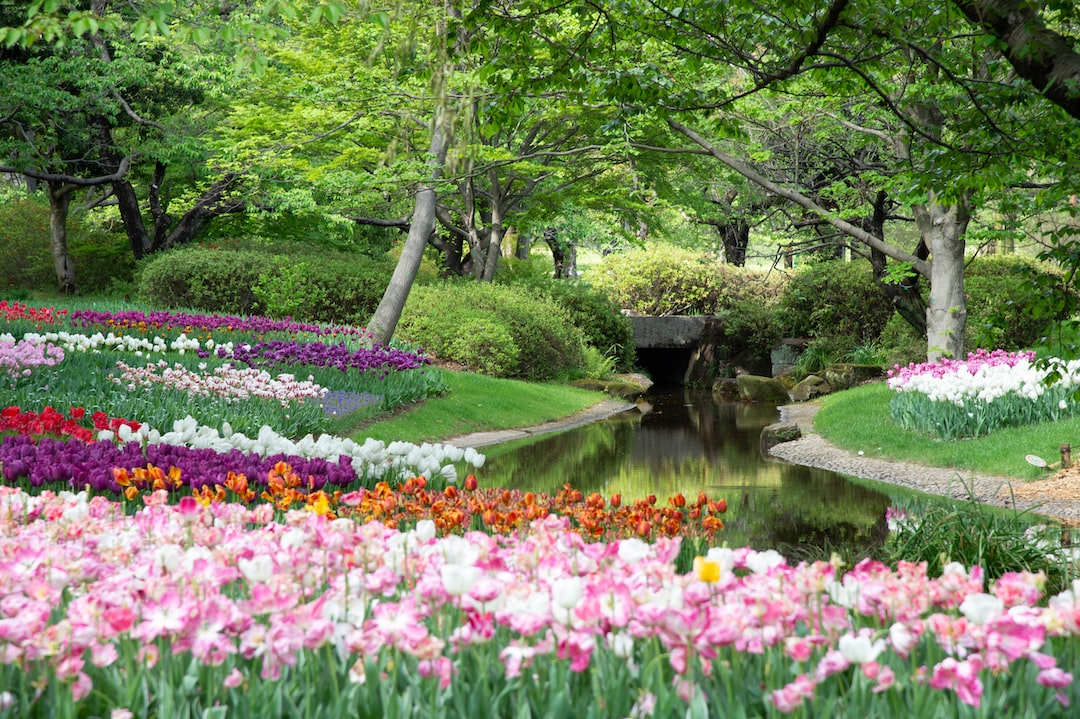The Ultimate Guide to Pruning Trees and Bushes
Pruning is an essential practice for maintaining the health, appearance, and overall well-being of trees and bushes. Though it may seem daunting at first, with the right guidance and techniques, anyone can become proficient at pruning and enjoy the rewards it brings. In this ultimate guide, we will delve into the basics of pruning and provide you with valuable tips to make this task easier and more successful.
First and foremost, it is crucial to understand why pruning is necessary. Pruning primarily helps control the shape and size of trees and bushes, ensuring they grow in a desired manner. It also promotes the growth of healthy branches and discourages the spread of disease or pests. Pruning can also be done for aesthetic purposes to enhance the appearance of your landscape.
Timing is key when it comes to pruning. The best time to prune most trees and bushes is during the dormant season, which typically occurs in late winter or early spring. Pruning during this time minimizes the risk of disease and maximizes the chances of successful regrowth. However, it is important to note that some flowering trees and shrubs should be pruned after they have bloomed to avoid removing potential buds and sacrificing future blooms. Researching the specific needs and characteristics of each plant you intend to prune is essential for timing it correctly.
Now, let’s delve into some fundamental pruning techniques. The first rule of thumb is to use proper tools. Good-quality bypass pruners, loppers, and pruning saws are essential for effective pruning without causing damage. Make sure your tools are sharp to ensure clean cuts rather than tearing branches.
When pruning trees, start by removing any dead, damaged, or diseased branches. These are not only unsightly but can also spread disease to other parts of the tree. It is essential to make clean cuts close to the branch collar (the swollen area where the branch meets the trunk) to promote healing and prevent rot. Avoid cutting too close or leaving stubs, as both can hinder the tree’s growth.
For shaping and size control, identify the central leader (the main upward-growing trunk) and any lateral branches or side shoots that may be crowding the tree. Trim these branches to maintain an even canopy and prevent unnecessary competition for resources. Be thoughtful about the shape you desire the tree or bush to take and prune accordingly to achieve it. Remember, pruning is a gradual process, and it is better to make small cuts and slowly work towards the desired shape than to remove too much at once.
When pruning bushes, similar principles apply. Start by removing any dead or diseased branches, as well as any crossing or rubbing branches. Open up the center of the bush by selectively removing branches that are growing inward and hindering airflow. This allows more light to reach the inner parts of the bush, promoting better growth and flowering.
In conclusion, pruning trees and bushes is a rewarding horticultural practice that enhances not only the appearance of your landscape but also the health and vitality of your plants. By understanding the timing, principles, and techniques associated with pruning, you can confidently undertake this task. Remember to research the specific needs of each plant and to exercise caution and precision when making cuts. Happy pruning!

